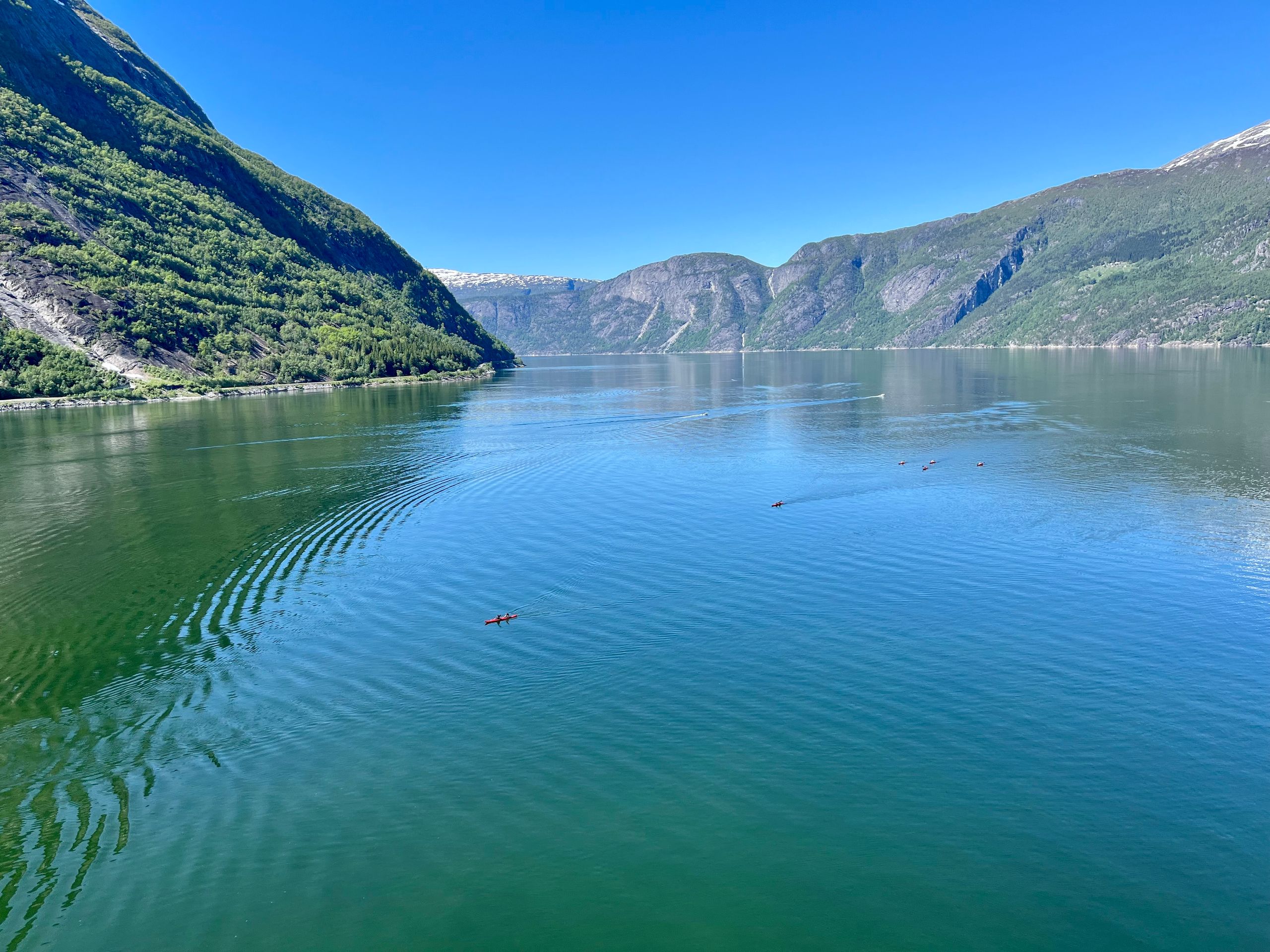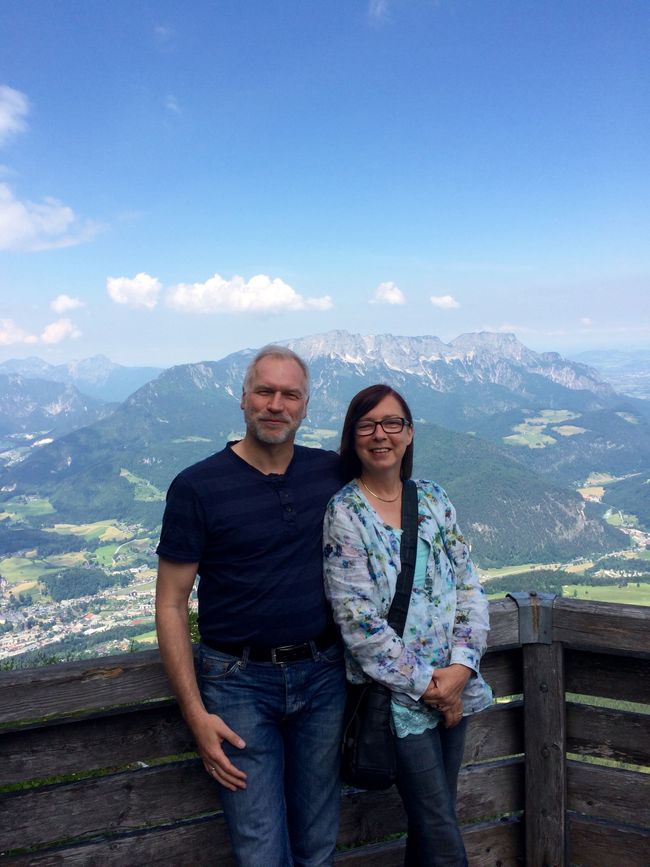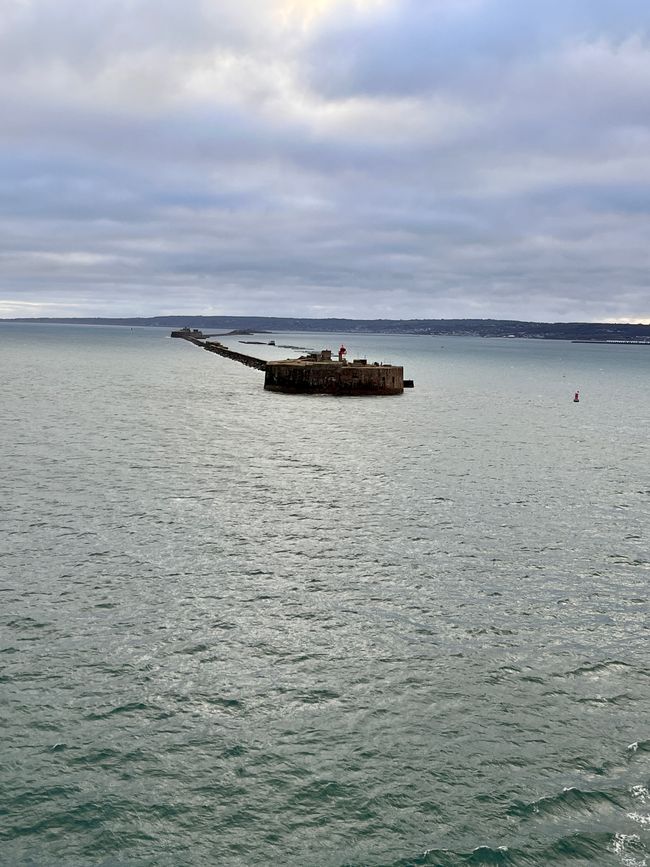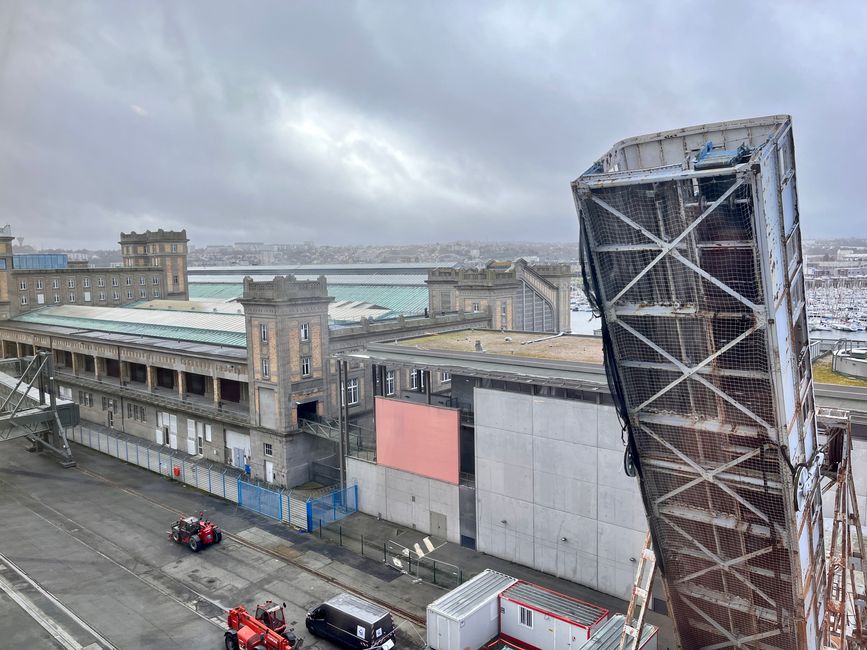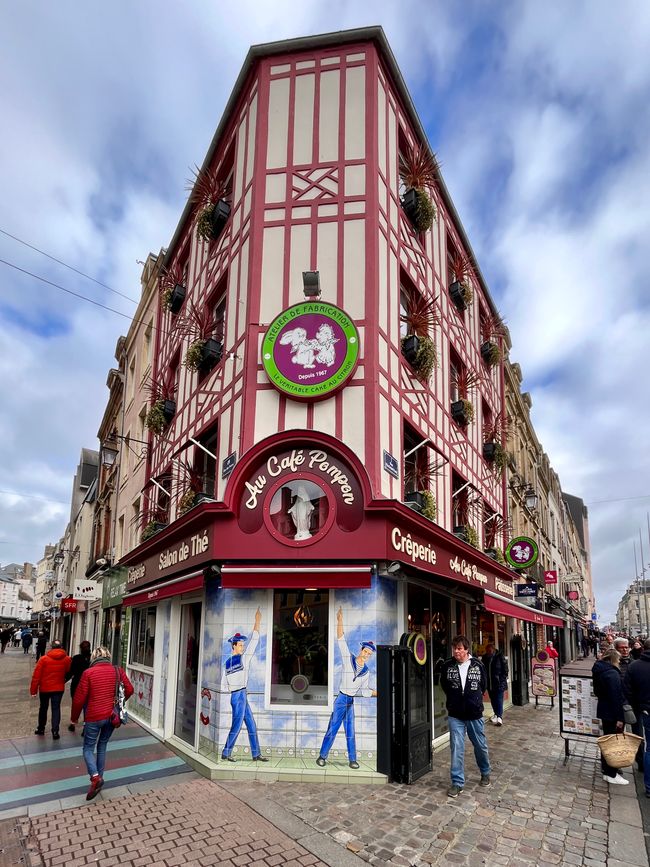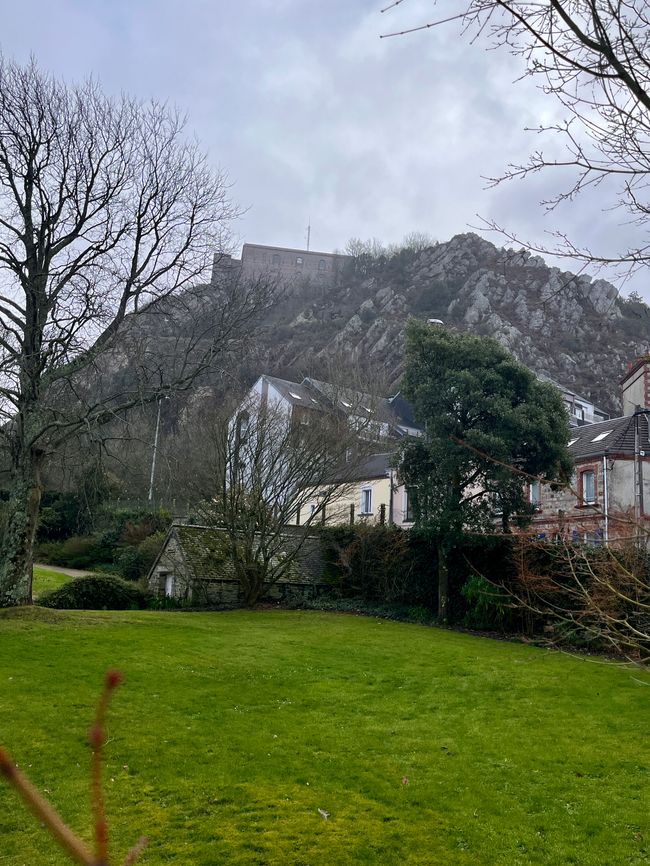Tag 116: Cherbourg - Titanic and D-Day
Tihchhuah a ni: 18.02.2023
Newsletter hi subscribe ve rawh
The Norman port city of Cherbourg is located in the north of the Cotentin Peninsula, which extends far into the English Channel. It is the main city of the municipality of Cherbourg-en-Cotentin, which was formed in 2016 through a merger of the former municipalities of Cherbourg-Octeville, Équeurdreville-Hainneville, La Glacerie, Querqueville, and Tourlaville. Around 81,000 people live in Cherbourg-en-Cotentin, in the Manche department. The Port of Cherbourg - Rade de Cherbourg - covers an area of 1,500 hectares and consists of several ports (such as a commercial, fishing, and ferry port), a naval base, and the former largest artificial anchorage in the world. Cherbourg is also known for its high-quality umbrellas, which are manufactured in the city - inspired by the film "Les Parapluies de Cherbourg" with Catherine Deneuve from 1963.
Cherbourg was the last port of call for the Titanic before it embarked on its tragic maiden voyage and collided with an iceberg. The terminal has remained unchanged since 1912 and can be visited.
The Port of Cherbourg played its most important role in history during World War II. At that time, it was the strategically most important supply port for the troops in Western Europe. On June 19, 1940, the city was occupied by the German Wehrmacht, which also maintained a naval hospital and the search and rescue squadron here. Cherbourg was liberated by the Allies in the Battle of Cherbourg from June 14 to 26, 1944.
The release of the ship is delayed; we are in the stairwell, the queue is getting longer, but at least the day is expected to remain relatively dry. Some guests go to the beaches where the Allies landed on D-Day (about 80 kilometers), others go to Le Mont-Saint-Michel (about 170 kilometers), both of which we consider too far and prefer to stay in Cherbourg.
We walk to the old town, past the Saturday market and the cafes. Here, old houses are lined up, narrow, built close together and painted in bright colors. The atmosphere invites you to have coffee and crepes, especially since light drizzle begins and the wind blows the moisture into our faces. We sit in a tight space, but still enjoy the break, after we had previously climbed the Fort du Roule to enjoy the panoramic view of the city. A 25-minute walk uphill with constant headwind. Rain and wind increase, so we decide to return to the AIDAmar after the coffee break.
Newsletter hi subscribe ve rawh
Chhanna
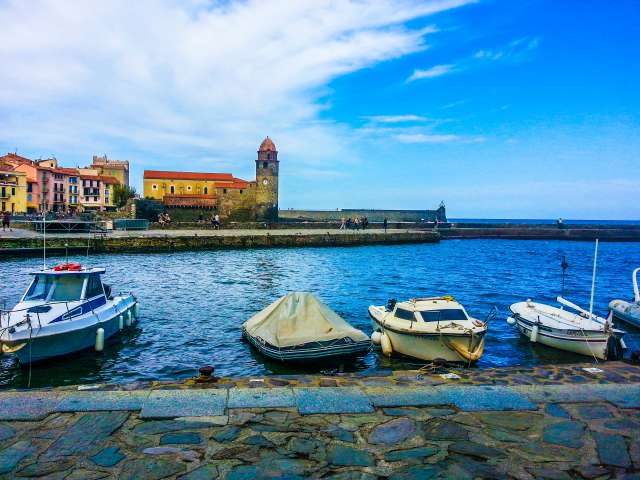
Khualzin report France ram a ni
